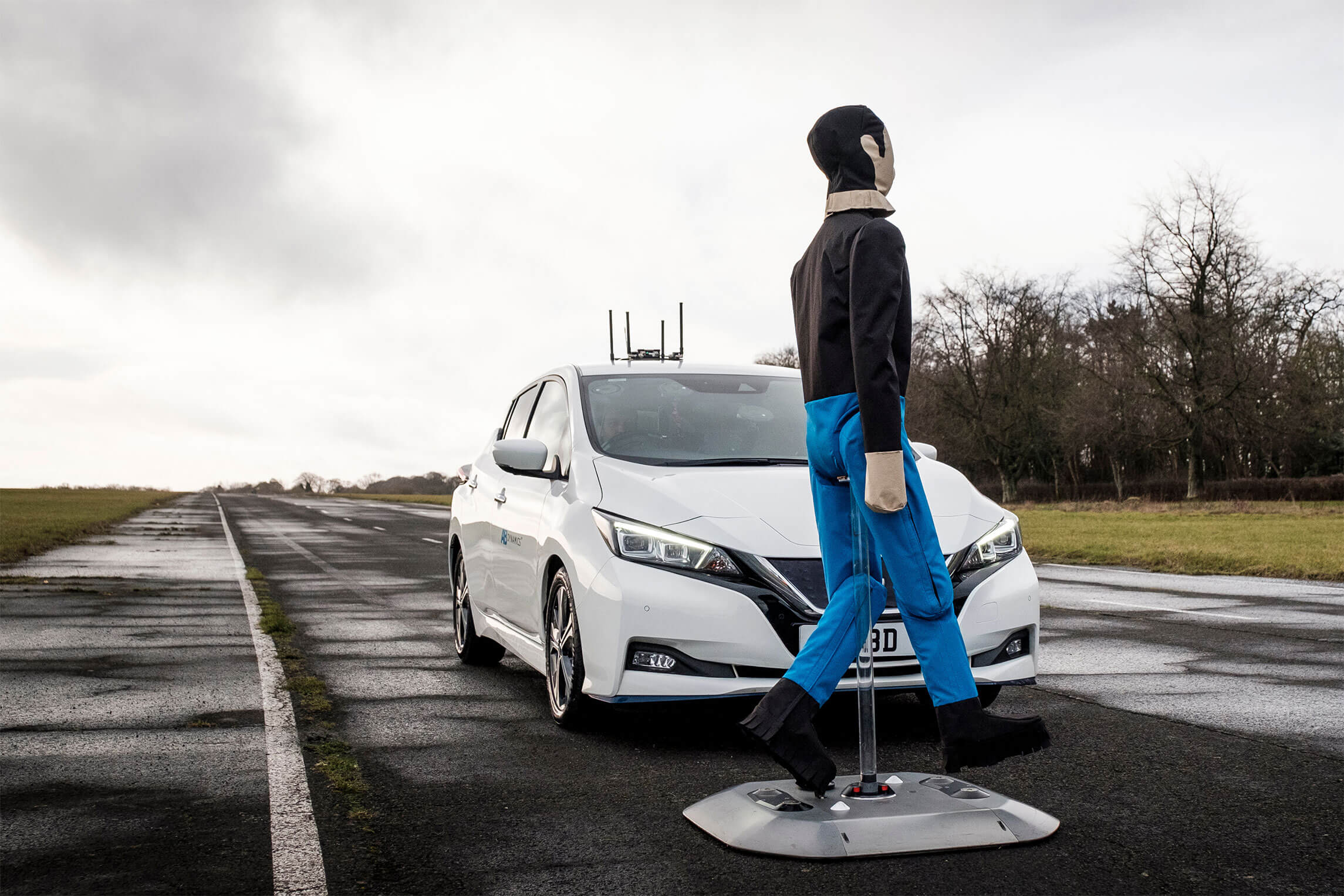Nachrichten
Unsere neuesten Updates, von Partnerschaften bis zu neuen Produktankündigungen.
Unsere neuesten Updates, von Partnerschaften bis zu neuen Produktankündigungen.
"*" indicates required fields

Sie müssen den Inhalt von reCAPTCHA laden, um das Formular abzuschicken. Bitte beachten Sie, dass dabei Daten mit Drittanbietern ausgetauscht werden.
Mehr Informationen